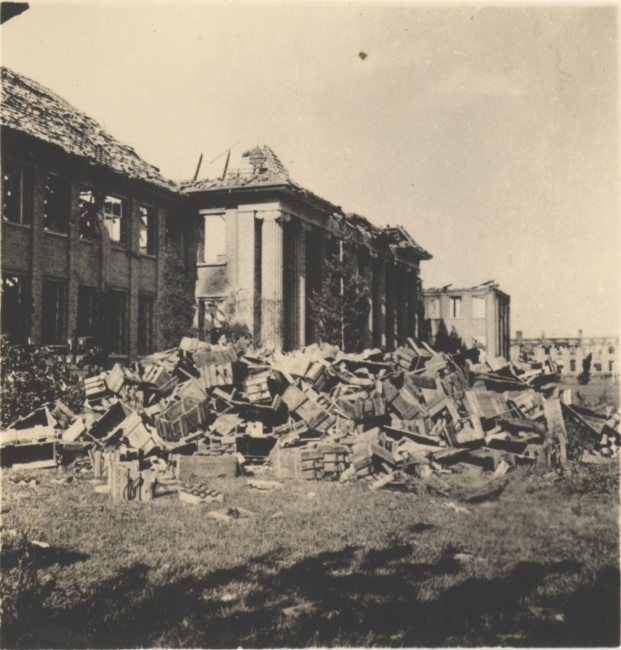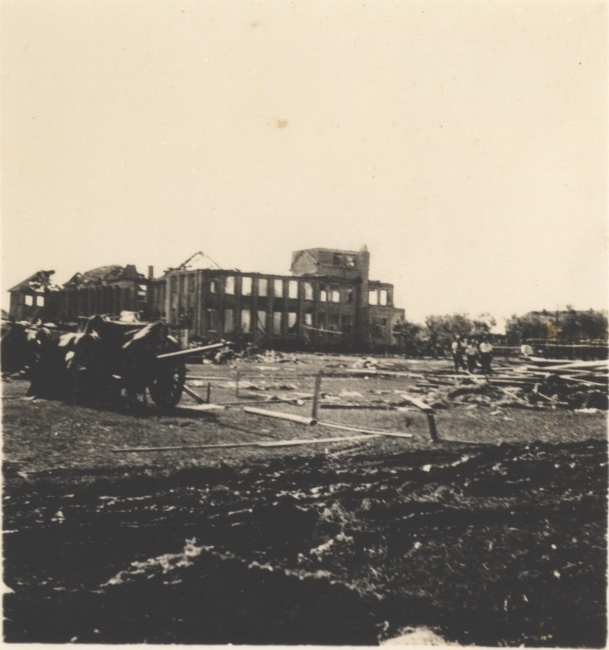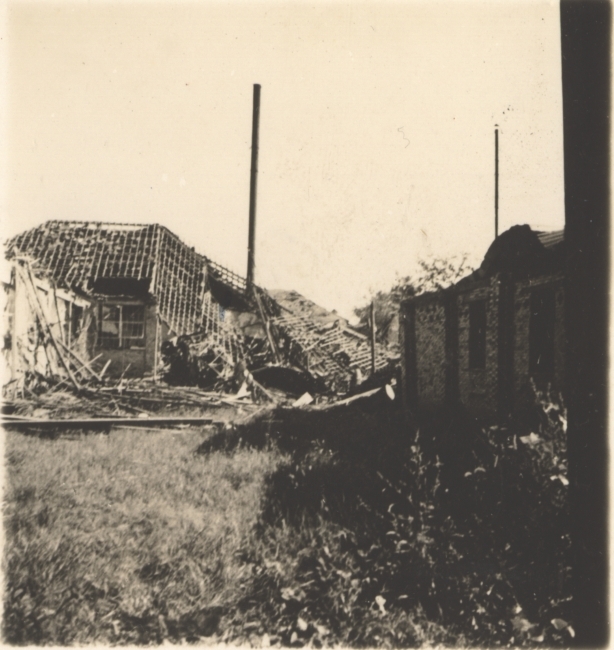On August 13th, the unveiling ceremony of a Photograph Archives Exhibition showing how Japanese army bombed Wusong Campus of Tongji University was held in Shanghai Songhu Campaign Memorial Hall. Vice President, Wu Zhiqiang joined the ceremony, and inaugurated the exhibition with Tang Lei, Director of the Memorial Hall. In the ceremony, a proposal entitled “Remember History and Love Peace” was made by Youth League Committee, Students’ Union and Postgraduates’ Union of Tongji. This exhibition was held by the archives of Tongji and Shanghai Songhu Campaign Memorial Hall together. There presented 150 photos and a film footage shot in 1937 showing how the university was bombed and destroyed on January 28, 1932 and August 13, 1937. Most of the exhibits were on show for the first time, which were contributed by the archives of Tongji University and domestic and overseas organizations and individuals including German Federal Archives.
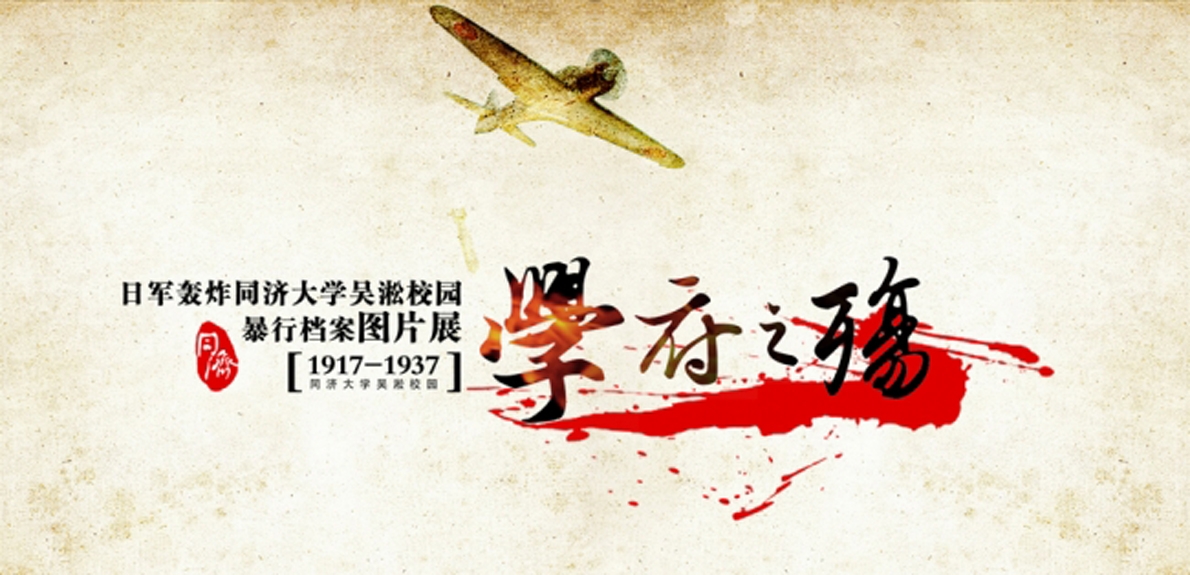
The exhibition is made up of three parts. The first part introduces Tongji’s development and achievement in Wusong; the second part introduces how Japanese army bombed Tongji in January 28, 1932 and how the university responded; the third part introduces the Tongji campus destroyed by Japanese army in August 13, 1937, forcing Tongji to move to inland. The photographs featuring how Japanese army bombed Songhu Campus were taken by Max Fink, Eugen Flegler and August Rehbein who were teachers from Germany and experienced the bomb attack.
In 1907, Tongji University was built in downtown Shanghai. In 1917, influenced by the World WarΙ, the university was forced to shut down by French Concession authorities. With the efforts of Chinese members of the school board, the university was moved to the Wusong area of Baoshan District, using houses rented from other schools. In 1919, they bought land and began to build a campus, which was finished in 1924. The campus covered an area of 150 acres, where new classrooms and dormitories were set up for both engineering and medical students. There were a Romanesque auditorium, factories where students could work as interns, elegant residential buildings for German teachers and gardens with fountains and great lawn built, providing picturesque scenery and comfortable environment. In 1927, the campus was renamed as National Tongji University by Nanjing Nationalist Government. Ever since then, the university developed rapidly, and built more than 400 buildings with an area of 198 acres; moreover, it also became a comprehensive university within medicine, engineering and science academy and was renowned as a famous scientific center in the world.
On January 28th, 1932, the Japanese army bombed the university, destroying the major buildings of the campus, including the auditorium and laboratory. Books, machines and models worth about 1.2 million yuan were also severely damaged. Even after the winter vacation, the students couldn’t have their classes, thus, President Hu Shuhua took the initiative and planned to move the campus to Mingshen Fang at Ju Laida Road (nowadays’ Ju Lu Road) and rent civilians’ houses there as classrooms. After half a year, the damaged campus was restored and teaching facilities worth 0.8 million yuan were added. On August 25th, 1932, the campus was moved back to Wusong.
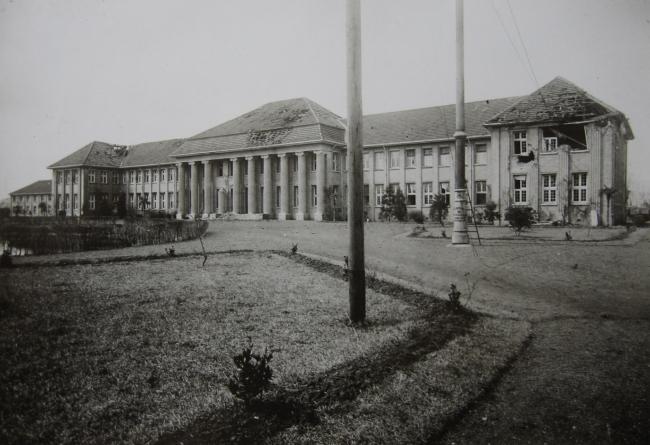
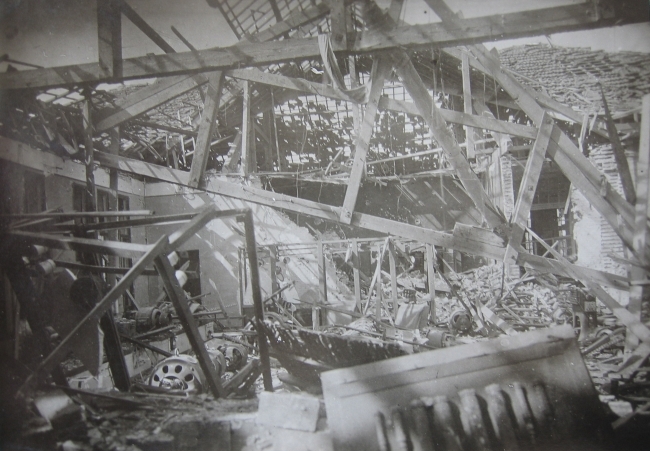
On August 13, 1937, the Japanese army bombed the university repeatedly, especially on August 28th and 29th, when they dropped a large amount of bombs destroying nearly all the buildings, even those constructed solidly, such as the auditorium, internship factories, dormitories and college of science. The buildings in construction were also ruined. Later, the Japanese army bombed all the remaining buildings in order to get more iron and steel. Thus, the university was moved to the urban area, which then was moved to temporary homes in Zhejiang, Jiangxi. Guangxi and Yunnan, and at last, stopping in Lu Zhuang of Sichuan province and growing to be a comprehensive university which offered programs in science, engineering, medicine, arts and law. In 1946, after Chinese victory in the Second Sino-Japanese War, Tongji was moved back to Shanghai.
